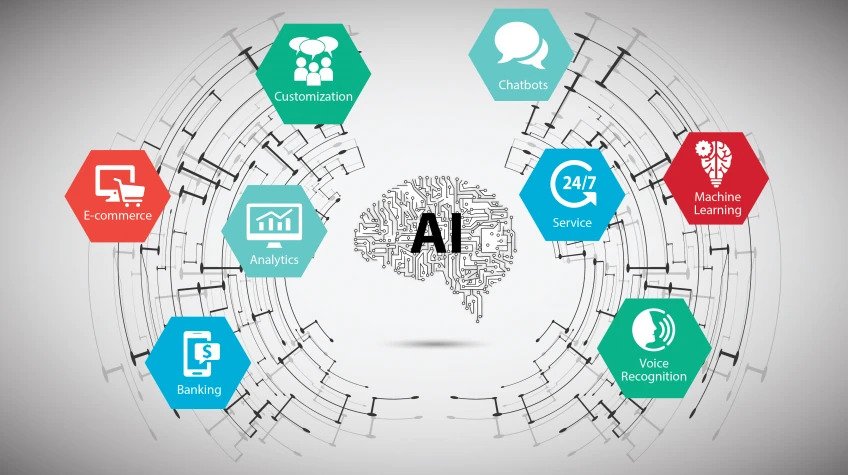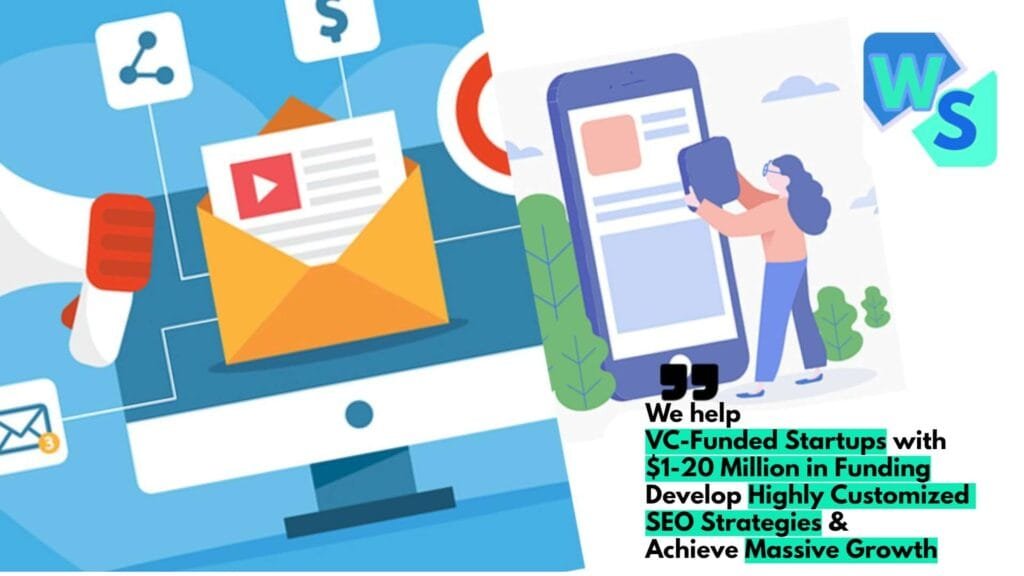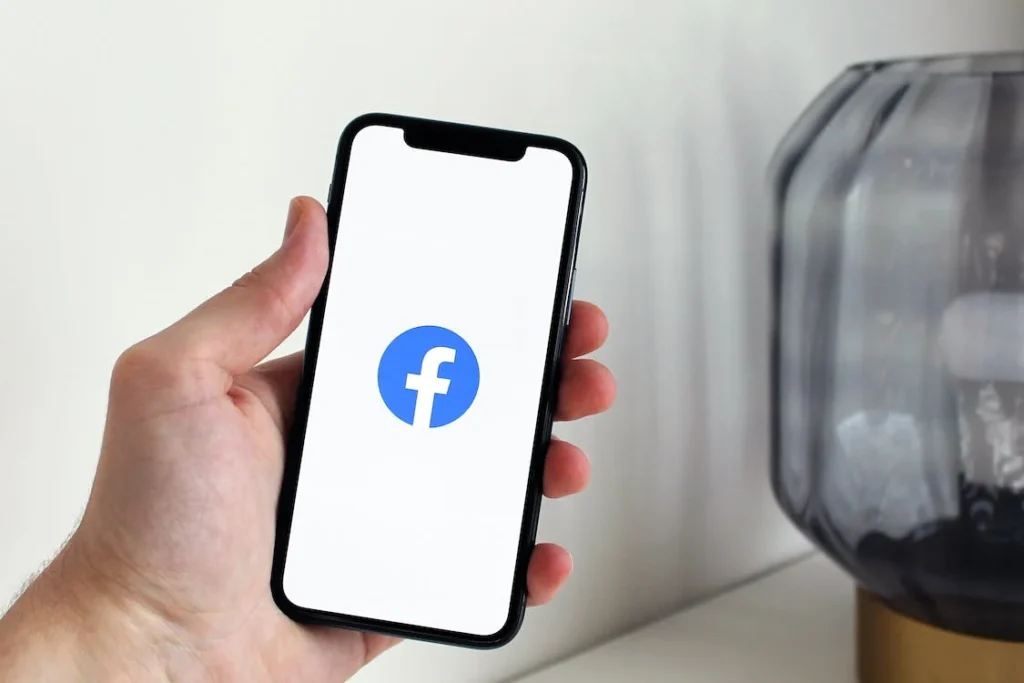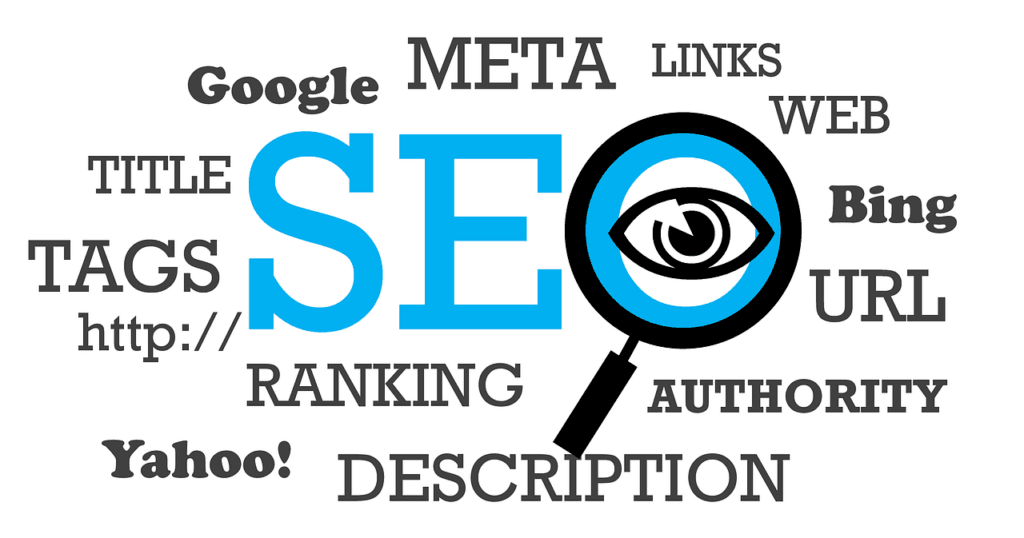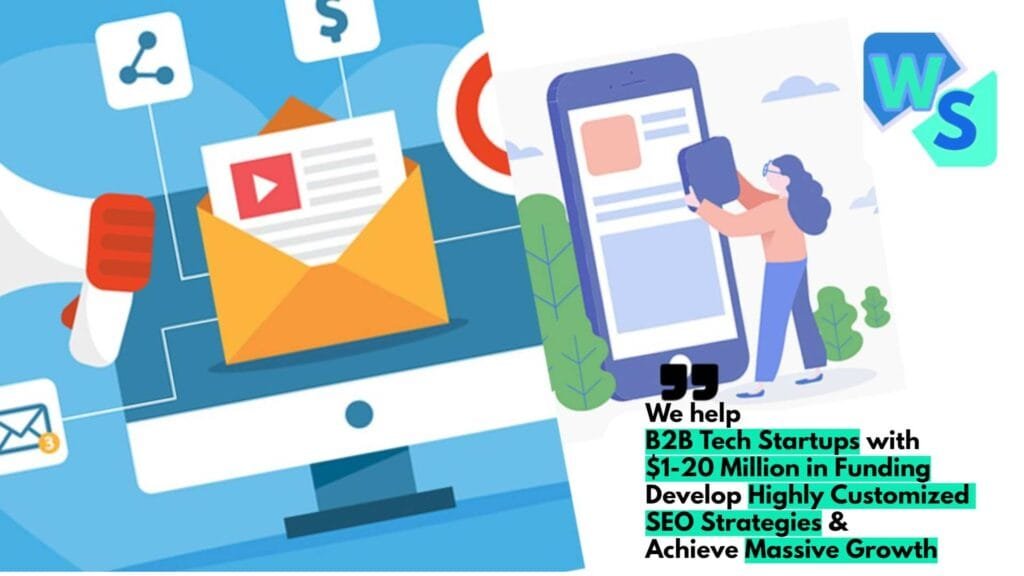Planning Effective Marketing Campaigns
Leveraging Chat Marketing Strategies
When planning your chat marketing campaigns, effective utilization of modern communication tools is essential. Conversational marketing employs a combination of chatbots, live chat, and social media interactions to create a personalized experience for your audience. This approach not only enhances customer engagement but also allows for immediate responses to inquiries, thereby increasing customer satisfaction.
To maximize the effectiveness of your chat marketing campaigns, consider the following strategies:
| Strategy | Description |
|---|---|
| Audience Segmentation | Thoroughly research and categorize your target audience to tailor your messaging effectively. Marketers who develop an audience segmentation strategy are more equipped to create personalized interactions. |
| Goal Setting | Establish clear and achievable goals for your marketing campaigns. Research indicates that setting defined objectives increases the likelihood of success by four times. |
| Engagement Tools | Implement chatbots that can remember returning visitors’ preferences, enabling a more customized communication approach. AI chatbots can enhance the interaction quality by personalizing user experiences based on predefined attributes (MakeRobos). |
Incorporating these strategies can lead to more efficient chat marketing campaigns. Utilize project management tools to document and track your strategies, as top marketers emphasize the importance of structured campaign management (Teamwork).
Remember to integrate chat marketing efforts with your overall marketing plan. Establishing an omnichannel customer engagement strategy is crucial to provide consistent service across all platforms. This seamless approach reinforces brand loyalty and enhances customer relationships, paving the way for future marketing success.
Evolution of Customer Engagement
Importance of Conversational Marketing
Conversational marketing has transformed the way you engage with your customers, prioritizing personalized interactions over traditional one-way messages. This strategy utilizes tools such as chatbots, live chat, and social media interactions to create an experience that feels tailored to the individual. Unlike traditional marketing methods, which often rely on generic broadcasts like print ads and TV commercials, conversational marketing fosters meaningful, two-way communication.
This approach not only allows you to reach your audience more effectively but also enhances engagement by making customers feel heard and valued. The personalized, user-centric experience that conversational marketing delivers increases engagement and conversions, as responses are timely and relevant.
| Key Features of Conversational Marketing | Traditional Marketing |
|---|---|
| Personalized interactions | One-way messaging |
| Two-way communication | Broadcast messaging |
| Real-time engagement | Delayed feedback |
| Built relationship focus | Transactional focus |
| Use of chatbots and social media | Print, TV, radio ads |
Enhancing Customer Experiences
The shift towards conversational marketing has revolutionized customer experiences by emphasizing relationship-building rather than simple transactions. You can engage in ongoing dialogues that provide value to consumers, a contrast to the static messages of traditional marketing. By implementing conversational marketing tactics, you can create a more interactive environment that resonates with customers, fostering deeper relationships and driving sales.
This customer-centric approach allows brands to connect with their audience on a more meaningful level. By leveraging channels like live chat, messaging apps, and chatbots, you can interact naturally and authentically with potential and existing customers. Such engagement is not only about addressing immediate questions but also about cultivating engagement that encourages brand loyalty and repeat business. For businesses aiming to integrate this into their strategy, learning more about effective digital marketing campaign strategies can provide valuable insights.
Utilizing AI in Marketing Campaigns
In the realm of marketing, the adoption of artificial intelligence (AI) is refining how businesses conduct campaigns. Among these advancements, AI-powered chatbots stand out as a pivotal tool for enhancing customer interactions and streamlining productivity.
Benefits of AI-Powered Chatbots
AI-powered chatbots have transformed customer engagement strategies by providing 24/7 virtual assistance, which is indispensable for modern marketing campaigns. Chatbots like Bank of America’s Erica exemplify this by offering personalized guidance while managing various financial tasks through natural language processing (NLP).
Some key benefits include:
- Lead Generation: Chatbots engage potential customers in real-time conversations, collecting vital information through personalized communication, which streamlines lead generation (MakeRobos).
- Cost Efficiency: They help reduce operational costs by automating mundane tasks, allowing human agents to focus on more complex inquiries (Global Trade Magazine).
- Enhanced Customer Engagement: By enabling immediate responses and targeted suggestions, AI chatbots significantly improve visitor engagement rates and conversion outcomes (MakeRobos).
Here is a summary of the benefits:
| Benefit | Description |
|---|---|
| Lead Generation | Engages visitors and collects information through conversations. |
| Cost Efficiency | Reduces operational costs by automating routine tasks. |
| Enhanced Engagement | Improves conversion rates with immediate support and recommendations. |
Enhancing Productivity with AI
The integration of AI in marketing not only streamlines campaign management but also optimizes the entire marketing process. AI tools can assist from pre-launch testing to post-campaign analysis, enhancing productivity.
Utilizing AI provides the following advantages:
- Efficiency in Campaign Management: AI algorithms can analyze vast amounts of data to forecast trends and customer preferences, allowing for more informed decision-making in real time.
- Personalized Marketing: AI can analyze consumer behavior and tailor campaigns to individual preferences, leading to higher levels of engagement and satisfaction.
- Data-Driven Insights: AI tools provide analytical capabilities that help you assess campaign performance effectively, enabling your team to make data-driven marketing campaign decisions.
Employing AI in your marketing strategy can pave the way for innovative approaches and result in substantial improvements across your outreach efforts. For more insights into effective campaigns, consider our resources on marketing campaigns examples and digital marketing campaign strategies.
Crafting a Successful Marketing Campaign
Creating a successful marketing campaign hinges on a few critical factors: understanding your target audiences, setting achievable campaign goals, and utilizing project management tools effectively.
Understanding Target Audiences
Thoroughly researching your target audience is crucial for the success of any marketing initiative. Various strategies can be employed to gain insights into customer needs and expectations. Effective techniques include website visitor surveys, customer interviews, chat transcripts, and customer surveys.
Developing clear customer personas can guide your campaign and messaging. Below is an example of how to categorize your audience.
| Audience Segment | Key Characteristics | Preferred Communication Channel |
|---|---|---|
| Millennials | Tech-savvy, value authenticity | Social media, messaging apps |
| Baby Boomers | Prefer traditional communication | Email, phone calls |
| Gen Z | Visual learners, often on mobile | Social media, video content |
Setting Achievable Campaign Goals
Establishing clear and attainable goals is fundamental to success. Marketers who set specific objectives are four times more likely to achieve their targets. Aligning your campaign goals, budget, and milestones with your overall business objectives is essential for a coherent strategy. Consider using the SMART method, which emphasizes that goals should be Specific, Measurable, Achievable, Relevant, and Time-bound.
| Goal Type | Description | Example |
|---|---|---|
| Awareness | Build brand recognition | Increase social media followers by 20% in three months |
| Engagement | Enhance customer interaction | Achieve 500 comments and shares on campaign posts |
| Conversion | Boost sales or leads | Generate 200 new leads within the campaign duration |
Utilizing Project Management Tools
To streamline the execution of your chat marketing campaigns, utilizing project management tools is invaluable. These tools facilitate coordination among team members, ensuring that everyone is aligned and there are clear timelines and responsibilities. Using automated data tracking and analysis allows for effective measurement and analysis of campaign performance.
Some popular project management tools include:
| Tool | Key Feature |
|---|---|
| Trello | Boards and cards for task management |
| Asana | Task assignment and deadline tracking |
| Monday.com | Customizable workflow automation |
Implementing a project management tool enables routine analysis and improvement cycles, ensuring your strategies evolve alongside market trends and customer behavior. These insights will help guide your future campaigns and enhance overall effectiveness.
Analyzing Marketing Campaign Effectiveness
In the realm of marketing, evaluating the effectiveness of your campaigns is crucial for sustained success. By adopting a data-driven approach, you can make informed decisions that will enhance your strategies over time.
Data-Driven Decision Making
Data-driven decision making is an integral part of analyzing the effectiveness of your marketing campaigns. Implementing data tracking and analysis allows you to understand your audience better, measure the impact of your campaigns, and refine your techniques accordingly (Santa Clara University).
Utilizing methods such as A/B testing helps pinpoint successful strategies and identify areas for improvement. Adopting a routine analysis approach, along with scheduled check-ins, ensures that your marketing efforts align with current trends and customer behaviors.
The table below outlines some key data points to consider in your analysis:
| Data Point | Description |
|---|---|
| Conversion Rate | Percentage of users taking a desired action |
| Customer Engagement | Interaction levels across various platforms |
| Return on Investment | Profit generated compared to marketing spend |
| Audience Demographics | Insights into the characteristics of your audience |
For a deeper understanding of metrics that are important for measuring success, refer to our articles on marketing campaign performance metrics and data-driven marketing campaign decisions.
Key Metrics for Campaign Analysis
Effective marketing teams must look beyond mere sales numbers to assess the success of their campaigns. Sales figures can often serve as a delayed indicator of success. Therefore, it’s imperative to track various other metrics that demonstrate the immediate impact of your marketing activities (Santa Clara University).
Key metrics for analyzing your chat marketing campaigns include:
| Metric | Importance |
|---|---|
| Click-Through Rate (CTR) | Measures the effectiveness of calls-to-action |
| Engagement Rate | Indicates audience interaction with content |
| Lead Conversion Rate | Tracks how many leads turn into customers |
| Customer Retention Rate | Shows how effectively you keep your customers |
By continuously analyzing these metrics, you can refine your campaigns to better meet your audience’s needs and optimize your approach. For additional insights, explore our articles on successful marketing campaigns case studies and creative marketing campaign ideas.
Balancing Traditional and Conversational Marketing
Finding the right balance between traditional and conversational marketing is key to formulating effective chat marketing campaigns. Each method has its own strengths and can complement one another to enhance customer engagement and drive conversions.
Leveraging Traditional Marketing Methods
Traditional marketing encompasses various techniques such as print ads, TV commercials, radio spots, and billboards. These methods allow you to broadcast a message to a broad audience, creating brand awareness and visibility. They remain effective for many businesses, especially for reaching audiences who may not be as engaged with digital platforms.
However, the limitations of traditional marketing lie in its one-way communication style. This approach focuses on customer support, marketing, and lead generation but lacks the interactive elements that modern consumers expect. To maximize impact, traditional marketing can be integrated with digital strategies by guiding consumers towards online resources or engaging them on social media platforms. For detailed insights on how traditional methods can work with modern techniques, consider exploring integrated marketing campaign examples.
| Marketing Method | Key Features |
|---|---|
| Print Ads | Physical materials such as brochures and flyers; broad audience reach |
| TV Commercials | Visual storytelling; high engagement potential |
| Radio Spots | Targeted demographic reach; auditory engagement |
| Billboards | Strategic placement in high-traffic areas; brand visibility |
Embracing Conversational Marketing Approaches
Conversational marketing uses tools like chatbots, live chat, and social media interactions to create a personalized experience between you and your customers. This strategy focuses on building relationships and providing real value through ongoing dialogues rather than just broadcasting messages (Ingosa).
Implementing conversational marketing involves engaging potential customers in meaningful conversations that facilitate immediate responses to inquiries, ultimately enhancing customer experience. For instance, AI chatbots streamline lead generation by interacting with visitors, gathering their details, and validating leads in real-time through personalized communication (MakeRobos).
Utilizing conversational strategies enables you to enhance your marketing efficiency and engage your audience more effectively. To further explore this concept, reviewing digital marketing campaign strategies may provide additional insights.
| Conversational Marketing Tool | Benefits |
|---|---|
| Chatbots | 24/7 engagement; real-time lead generation; cost-effective |
| Live Chat | Immediate customer support; personalized interaction |
| Social Media | Two-way communication; dynamic engagement opportunities |
By balancing traditional marketing methods with innovative conversational strategies, you can enhance the overall effectiveness of your chat marketing campaigns, ensuring that you meet your audience’s expectations and drive positive business outcomes.
Implementing Omnichannel Engagement
To succeed in today’s competitive market, it is essential that you implement omnichannel engagement strategies in your chat marketing campaigns. This involves creating seamless customer journeys and integrating online and offline experiences to ensure consistent messaging and service.
Creating Seamless Customer Journeys
A smooth and cohesive customer journey is vital for maintaining engagement across various platforms. Research indicates that 9 out of 10 consumers desire an omnichannel experience with seamless service between communication methods (REVE Chat). To create this seamless journey, consider the following strategies:
| Strategy | Description |
|---|---|
| Consistent Messaging | Ensure that your brand voice, tone, and messaging remain uniform across all platforms. |
| Cross-Platform Integration | Link your chat marketing efforts with other channels, such as email and social media, to provide timely updates and responses. |
| Customer Feedback Loops | Collect and analyze feedback from customers to continually optimize their journey across all channels. |
By focusing on these areas, you will enhance the customer experience and foster brand loyalty.
Integrating Online and Offline Experiences
Integration of online and offline experiences is another key aspect of effective omnichannel engagement. Businesses should develop strategies to deliver consistent service across all channels, ensuring customers feel valued irrespective of how they interact with your brand. Here are some approaches to consider:
| Integration Method | Benefits |
|---|---|
| Click-and-Collect Services | Allow customers to purchase items online and collect them in-store, blending digital and physical shopping experiences. |
| Unified Customer Profiles | Maintain a single customer profile that tracks interactions, purchases, and preferences across platforms, enabling personalized marketing efforts. |
| Promotional Campaigns | Run coordinated campaigns that leverage both online and offline channels for maximum reach, similar to how Oasis Fashion integrated their online and physical store platforms. |
Incorporating these strategies into your overall marketing framework will facilitate a more engaging and comprehensive approach to customer interactions. To enhance your understanding of effective marketing methods, explore our resources on digital marketing campaign strategies and marketing campaign performance metrics.
Enhancing Customer Interactions
To enhance customer interactions in your marketing campaigns, it is essential to leverage social media engagement and utilize live engagement tools. These strategies not only foster relationships with your audience but also improve overall customer satisfaction.
Leveraging Social Media Engagement
Social media serves as a significant platform for engaging customers in real-time. By utilizing channels such as Facebook, Instagram, and Twitter, you can create conversations that resonate with your target audience. Conversational marketing goes beyond simply broadcasting messages; it focuses on building relationships and providing value through ongoing dialogues Digital Success.
To effectively engage your customers on social media, consider the following strategies:
| Strategy | Description |
|---|---|
| Interactive Content | Use polls, quizzes, and live videos to engage users actively. |
| Timely Responses | Ensure your team responds promptly to comments and messages, enhancing customer trust. |
| User-Generated Content | Encourage customers to share their experiences, creating a community feel. |
Implementing these strategies can lead to increased brand loyalty and higher engagement rates, making your chat marketing campaigns more effective.
Using Live Engagement Tools
Incorporating live engagement tools such as chatbots can significantly elevate the customer experience. Chatbots have transformed how companies plan customer interactions by providing 24/7 virtual assistance that optimizes customer touchpoints. These tools empower companies to interact with prospective customers in real-time, enabling quick responses and targeted suggestions Global Trade Magazine.
Benefits of using chatbots include:
| Benefit | Description |
|---|---|
| Quick Responses | Chatbots provide immediate answers, enhancing customer satisfaction. |
| Personalization | They offer tailored suggestions based on user data, improving conversion rates. |
| Availability | Chatbots are accessible 24/7, ensuring no customer inquiry goes unanswered. |
Moreover, chatbots streamline lead generation by engaging visitors in conversation and obtaining their details through personalized two-way communication. This ensures genuine leads are verified in real time, ultimately reducing operational costs MakeRobos.
By leveraging social media and live engagement tools, you can create a robust framework for enhancing customer interactions in your marketing campaigns. Explore more about your strategies and tools to ensure you stay ahead in today’s competitive landscape. For case studies on successful strategies, refer to our section on successful marketing campaigns case studies.


